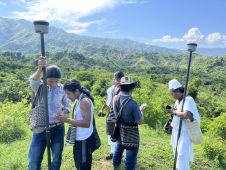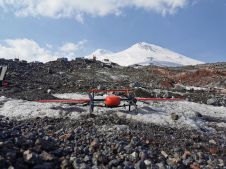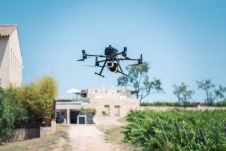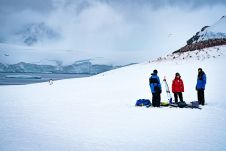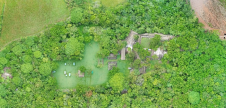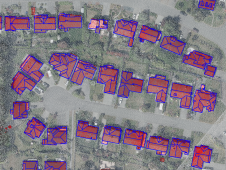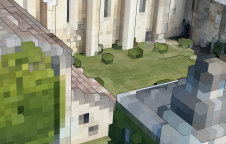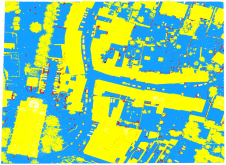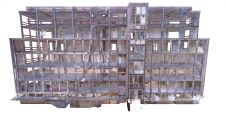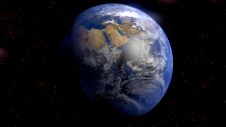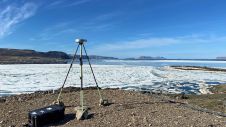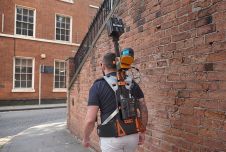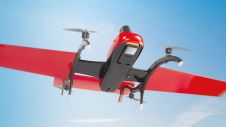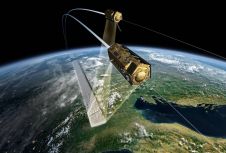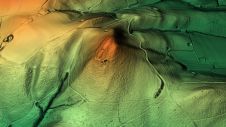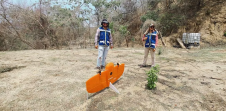倾斜
相机是最重要部分的任何照片grammetric workflow as its features define the type and quality of the imagery – the ultimate resource. Since 2000, the film in the focal plane has been gradually replaced by chips, not only in cameras on the consumer market but also in highly specialised aerial cameras. The number of pixels of today’s aerial cameras are counted in tens or even hundreds of megapixels (MP). The benefits of digital aerial cameras over film-based ones are well-documented; these include better radiometric resolution – commonly 16 bits per colour – and elimination of film-processing and scanning costs. Availability of digital image content supports a highly automated workflow enabling the creation of digital elevation models/digital surface models (DEM/DSM), orthomosaics and virtual 3D city and landscape models with little delay between capture and delivery. This not only allows for rapid response in the aftermath of a disaster but is also increasingly demanded by urban planners and managers who want up-to-date 2D, and increasingly 3D, data of buildings, facilities and other objects. Important camera features include the geometric and radiometric quality of lenses, focal length, the number and size of pixels, the radiometric resolution of pixels counted in number of bits, and spectral bands recorded, including panchromatic (PAN), red, green and blue (RGB), near-infrared (NIR), or green, red and near-infrared known as colour-infrared (CIR). In addition, the viewing angle, i.e. the orientation of the optical axis in space, is key. When the optical axis intentionally points in the vertical, aerial surveys result in nadir images which are circa parallel to the terrain. The orientation of the optical axis of oblique images purposefully deviates from nadir. The size of the tilt angle determines whether the horizon is visible or not.
摄影测量手册(4Th版本,第1页。279)列出了垂直方向比倾斜的三个优点:
- 几何关系不太复杂的关系
- Detection and recognition of objects is aided by the nearly normal shapes of images
- 由于倾斜较少而较少隐藏的地面(遮挡)
As a result, extracting accurate geometry from aerial images on a production scale has long been limited to vertical images. Today’s sensors can be calibrated accurately, georeferencing can be done through GNSS/IMU alone while today’s computers can swiftly conduct the complex calculations needed for extraction of real-world coordinates from imagery. Hence, extraction of accurate geometry from oblique images, acquired by off-the-shelf products, has now become a reality. As a contribution to the series on oblique airborne imagery, I presented in the April 2014 of188金宝搏特邀有关功能和系统的调查的第一部分(请参阅第20页)。后续文章发表在2014年5月号。


